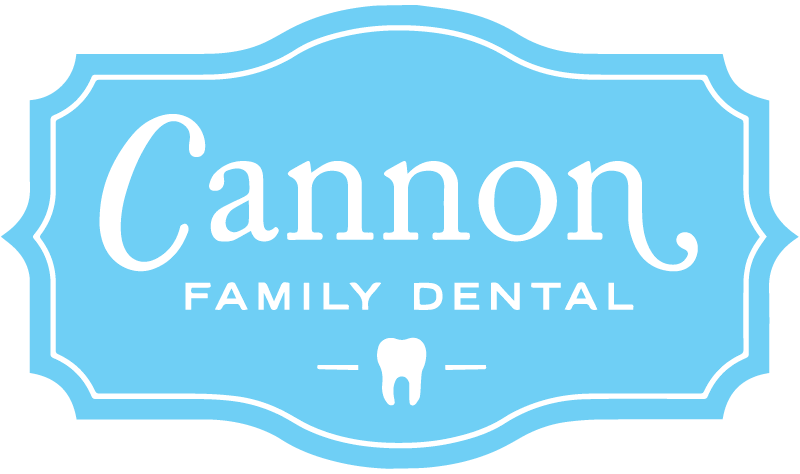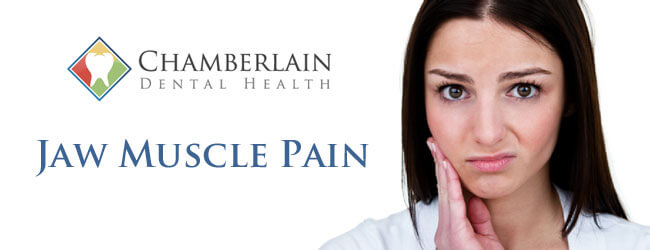In my reading and studies recently, I came across some information that is interesting regarding jaw muscle pain. There can be many reasons for jaw pain. Sometimes it is due to an infected tooth, gum disease, or Tempero-Mandibular Dysfunction or disease (TMD) to name just a few causes of jaw pain.
To narrow down jaw pain, we can focus on jaw muscle pain. One reason for jaw muscle pain can be muscle fatigue. I recently met a young women who presented with a chief complaint of jaw pain. A thorough exam failed to reveal problems with her jaw joint, so I began to palpate the muscles that move her jaw. We call these the elevator muscles, or the masticatory muscles. She reported tenderness and pain when I pressed upon her jaw muscles.
Upon inquiring of the patient, I discovered that she holds her teeth together all day. She never allows her jaw to relax. We discussed relaxation techniques, life-style changes that would include exercise and relaxation, and I asked her to return in a few weeks. Upon her return she reported that her jaw pain had decreased.
Let me present what I recently read from Functional Occlusion: From TMJ to Smile Design, 2007, by Peter Dawson, p. 123.
The primary thing patients (and dentists) must understand is that the teeth should not be in contact except fleetingly during chewing and swallowing.
The teeth do not and should not support the facial height. At the resting jaw position, the teeth should be separated. it is the posture of the lower jaw as dictated by the musculature that determines the lower facial profile. Tooth contact is not necessary or desirable at the jaw position of best profile appearance.
The feeling of over-closure, or the strained feeling that occurs when teeth are held together, is a normal response to prolonged elevator muscle contraction. The masticatory muscles are designed for intermittent tooth contact. They are not designed for the extended contraction required to hold the teeth together. Patients who feel uncomfortable when they hold their teeth together should be educated to correct jaw posture without tooth contact. The old adage “lips together–teeth apart” is physiologically correct, and patients must often be taught its importance. Some patients are under the mistaken impression that they are supposed to keep the teeth together. Such a position is extremely tiresome.
To simplify and restate Dr. Dawson statement, some people believe that our lower teeth are supposed to contact, or touch, our upper teeth. Perhaps they feel is provides better jaw muscle definition. Perhaps it is because in so many magazine pictures, we see what appears to be celebrities smiling with their teeth together. Perhaps it is stress related, as I believe it was with the patient I recently saw. Whatever the reason, it is tiresome. Keeping our teeth in contact and touching for long period of time will lead to jaw muscle pain and headaches.
If you find yourself with jaw pain, call us for an appointment. Your pain could be due to a number of different things. But also make sure you are not clenching your teeth together. Just try to relax.

